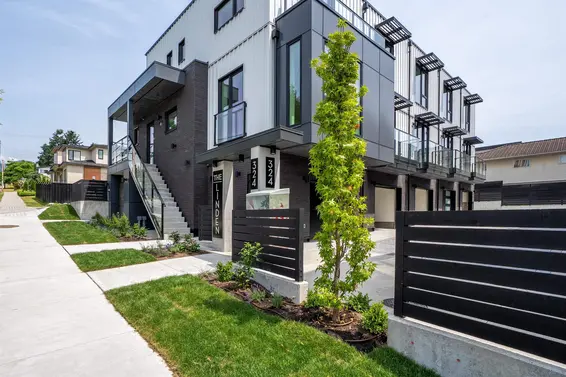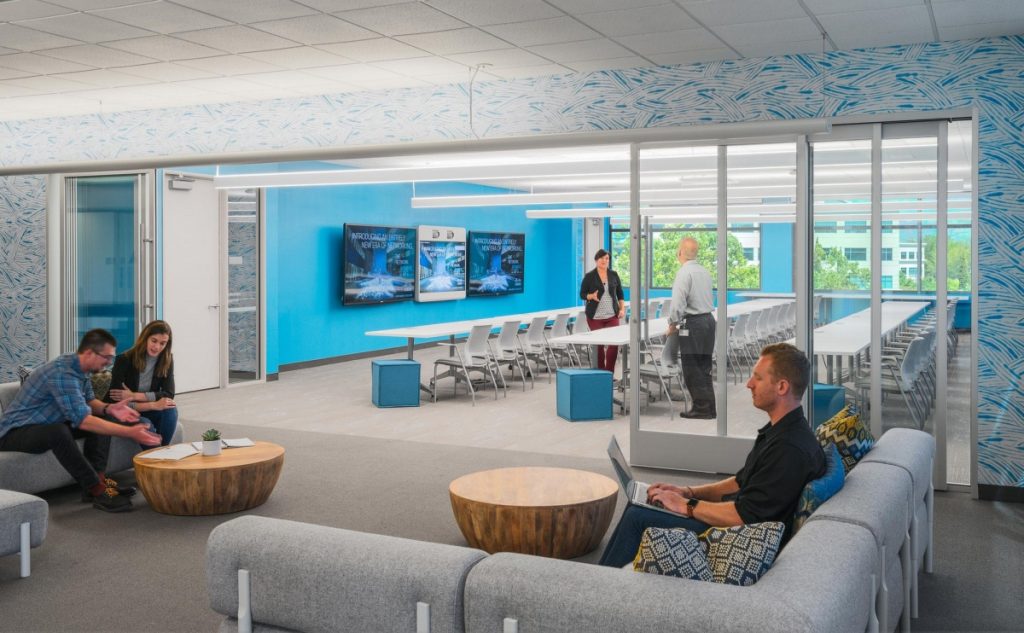Passive building is a design methodology aimed at enhancing energy efficiency and reducing the ecological footprint of a building. While it offers numerous benefits, there are several pitfalls that builders often fall into when attempting this approach. This article will delve into some of these frequent errors, providing insights on how to avoid them.
Before we dive into the details, it’s important to understand the concept of passive building. For a comprehensive overview, you can explore this informative guide on passive houses.
Overlooking the Importance of Airtightness
One of the key principles of passive building is airtightness. It is crucial for maintaining a comfortable indoor environment and minimizing energy loss. However, many builders fail to adequately address this aspect, leading to poor performance of the building. For more on this, check out our guide on airtightness testing methods.
Insufficient Insulation
Another common error is not providing enough insulation. Insulation is critical to passive building as it helps keep the indoor temperature stable, reducing the need for active heating or cooling.
Ignoring Indoor Air Quality
While focusing on energy efficiency, some builders neglect the importance of indoor air quality. A well-designed passive house should also ensure good ventilation to maintain a healthy indoor environment.
In conclusion, while passive building offers a sustainable way to construct homes, it’s essential to avoid these common mistakes. To ensure your project’s success, consider investing in a solar cam to watch progress and avoid common power losses.






